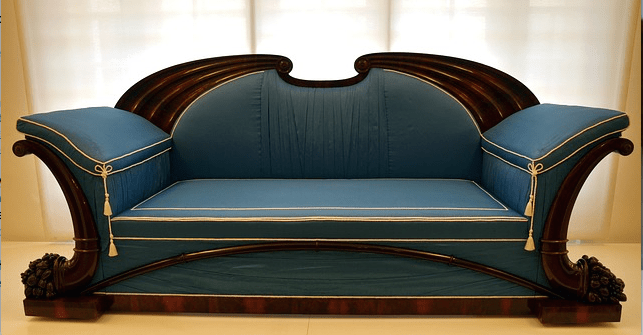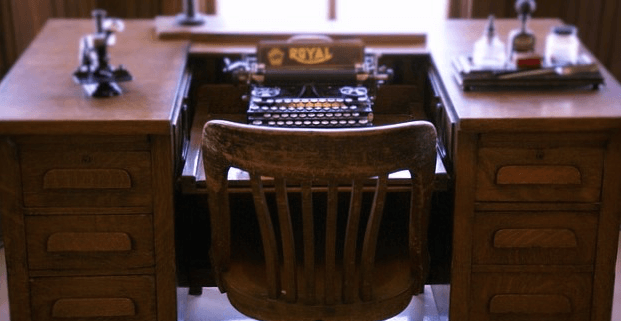Key Furniture Design Trends of the Past Century
In the last century furniture has been a rollercoaster of design. Many of these past trends have inspired much of the furniture available today. Key Furniture Design Trends of the Past Century
To determine what stylish furniture will look like in the years to come, it can be helpful to look at where we have been. During the 20th Century the functionality and style of furniture has evolved dramatically.
These are the key furniture design trends of the past century.
1900s to the 1910s

An Art Nouveau Sofa
In the beginning of the 20th Century, Art Nouveau furniture was popular. It was a trend that borrowed and developed craftsmanship techniques of an earlier period.
It is recognisable by its curvy, accentuated lines. Using polished wood and featuring ornamental designs inspired by flowers, nature and the female form.
1919 to 1933
During this period Bauhaus began to take hold. It originated in Germany at an art and design school famous for its furniture design. Starkly different from Art Nouveau, this style was truly no frills.
It abandoned decoration for functionality, finding design form in its simplicity. As a sign of things to come, many Bauhaus pieces were mass produced.
1920s to the 1940s

An Art Deco Wooden Desk
From the twenties to the forties, Art Deco became hugely popular. Art Deco was inspired by cubism and the industrialisation of post-war life.
It made use of many materials like stainless steel and lacquered timber. Other features included symmetrical patterns and rounded edges.
1940s to the 1950s
Mid Century Modern began in the 1940’s in response to the shrewdness and minimalism promoted by the war effort.
Inspired by the function of Art Deco, Mid Century Modern took it a step further and focussed primarily on function. Materials included chrome, formica and vinyl, think “Retro Fifties Diner”.
1930s to the 1970s

A Scandinavian-style Table
Scandinavian design became popular in the thirties lasting until the seventies. The minimalism and simplicity of Scandinavian design continue to inspire designers today.
Scandinavian furniture was functional, affordable and striking. Mass production became easier, and low cost materials were developed. This meant that many could afford Scandinavian designer furniture.
1960s to the 1980s
No longer minimalist, the design trends of the late 20th century were now bright and unique. Clashes of colour and pattern became the norm.
In the sixties and seventies, shades of brown, yellow and green seemed to mirror our new understanding of the environment.
In the eighties, Late 20th Century Rebellion peaked with monochromatic rooms with pops of bright colours.

A Late 20th Century Rebellion styled Arm Chair
1990s
In the 1990s, furniture design settled down. Minimalism was in. Materials like timber were now lighter. Rooms were white and coupled with neutral or pastel palettes.
Furniture became comfortable and durable. Sofas were now upholstered in stripes and floral designs.
Minimalism design went back to basics. It was inspired by Scandinavian design and deterred by the rebellion of the 1980s.

A Minimalist Dining Table
2000s
In the 21st Century people got serious about sustainability. Furniture design is now inspired by a mix of everything from the last century, but with a new eco friendly twist.
Designer furniture has become mass produced, and replicas are sold at reasonable prices. Everyone can enjoy good design nowadays.




Leave a Reply
Want to join the discussion?Feel free to contribute!